How Does Artificial Lift Used in Oil and Gas Industry for Maximizing Productivity
Artificial lift is a vital technique in the oil and gas industry, employed to increase the flow of hydrocarbons from a well when natural reservoir pressure is insufficient. This method is essential for maximizing oil and gas recovery, extending the productive life of wells, and improving overall operational efficiency. This article explores the various types of artificial lift, their applications, and the latest advancements in the field.
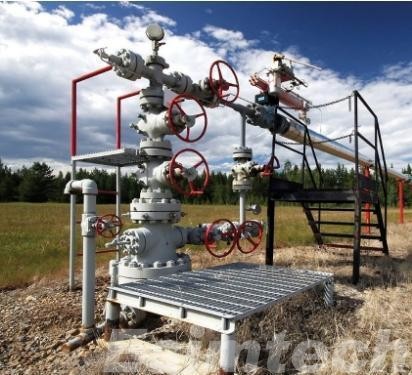
Understanding Artificial Lift
In many oil and gas wells, natural pressure is initially sufficient to bring hydrocarbons to the surface. However, as production progresses, reservoir pressure often declines, necessitating the use of artificial lift techniques to maintain and enhance production rates. Artificial lift works by either reducing the bottom-hole pressure or providing additional energy to the produced fluids, allowing them to flow more freely to the surface.
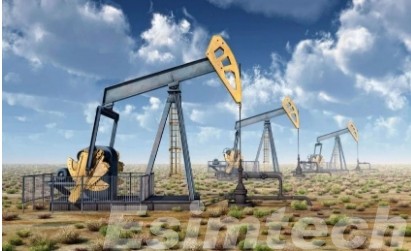
Different Artificial Lift Methods
Here is a chart summarizing the key aspects of different artificial lift methods, highlighting their main features, applications, advantages, and challenges.
| Artificial Lift Method | Description | Applications | Advantages | Challenges |
| Rod Pumping | Uses a surface pump jack and rods to operate a downhole pump. | Onshore oil fields, shallow to medium-depth wells | Simple operation, low cost, easy maintenance | Limited to low to moderate production rates and depths |
| Electric Submersible Pump (ESP) | Downhole electric motor drives a multistage centrifugal pump. | High-volume wells, deep wells, high water cut | High efficiency, large fluid volumes, deep wells | Higher installation and maintenance costs, scale, and gas issues |
| Gas Lift | Injects compressed gas into the wellbore to reduce fluid density. | Oil and gas wells, high gas-to-oil ratios | Flexible production rates, low equipment costs | Requires reliable gas source, less effective in low-pressure wells |
| Progressing Cavity Pump (PCP) | Uses a helical rotor inside a stator to move fluids. | Heavy oil, high viscosity fluids | Handles high solids content, steady flow rate | Wear and tear from abrasive fluids |
| Hydraulic Piston Pump | Surface power fluid drives a downhole piston pump. | Deep wells, deviated/horizontal wells | Versatile, high-temp/high-pressure environments | Complex, requires power fluid management |
| Plunger Lift | Free-traveling plunger uses reservoir pressure to lift fluids. | Low bottom-hole pressure, intermittent production | Low cost, simple operation, can be automated | Limited to lower production rates |
| Jet Pump | High-pressure fluid through a nozzle lifts well fluids. | Wells with sand/solids, high-viscosity fluids | No moving parts downhole, handles abrasive/corrosive fluids | Requires high-pressure power fluid, higher operational costs |
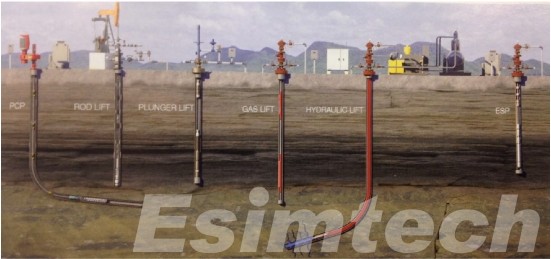
Advancements in Artificial Lift for Oil and Gas
1. Intelligent Lift Systems
Description: Intelligent lift systems integrate real-time data monitoring, automation, and advanced analytics to optimize lift performance and decision-making.
Features
- Sensors and Monitoring: Advanced sensors provide real-time data on well conditions, pump performance, and fluid properties.
- Automation: Automated controls adjust lift parameters dynamically to optimize production.
- Analytics and Machine Learning: Data analytics and machine learning algorithms predict and prevent failures, optimize pump efficiency, and enhance production rates.
Benefits
- Increased production efficiency
- Reduced downtime and maintenance costs
- Proactive maintenance through predictive analytics
2. Enhanced Electric Submersible Pumps (ESPs)
Description: Recent improvements in ESP technology address issues such as high temperatures, high pressures, and gas interference, making ESPs more robust and versatile.
Features
- High-Temperature and High-Pressure Tolerance: New materials and designs extend ESP operating ranges to extreme conditions.
- Gas Handling Capabilities: Advanced gas separators and handlers improve ESP performance in wells with high gas-to-oil ratios.
- Variable Speed Drives (VSDs): VSDs allow operators to adjust pump speeds to match changing well conditions.
Benefits
- Improved reliability and lifespan in harsh environments
- Enhanced flexibility and efficiency
- Better handling of challenging well conditions
3. Hybrid Lift Systems
Description: Hybrid lift systems combine multiple lift methods, such as gas lift and ESP, to optimize production and adapt to varying well conditions.
Features
- Combined Lift Mechanisms: Utilizes the strengths of different lift methods to enhance overall performance.
- Dynamic Adjustment: Systems can switch or combine lift methods based on real-time well conditions.
Benefits
- Increased flexibility and efficiency
- Improved production rates in complex wells
- Enhanced adaptability to changing reservoir conditions
4. Advanced Materials and Coatings
Description: The use of advanced materials and coatings improves the durability and performance of artificial lift equipment.
Features
- Composite Rods: Lightweight and corrosion-resistant materials reduce wear and extend the lifespan of rod pumps.
- Wear-Resistant Coatings: Protective coatings on pump components minimize erosion and corrosion.
- Elastomer Innovations: New elastomers in PCPs enhance resistance to high temperatures, chemicals, and abrasion.
Benefits
- Longer equipment life
- Reduced maintenance frequency
- Improved performance in harsh conditions
5. Digital Twin Technology
Description: Digital twin technology involves creating a virtual replica of the artificial lift system to simulate and optimize performance.
Features
- Real-Time Simulation: Digital twins provide real-time modeling and simulation of performance for oil and gas well lift system.
- Predictive Maintenance: Simulation data helps predict equipment failures and maintenance needs.
- Optimization: Virtual testing of different scenarios and parameters optimizes production strategies.
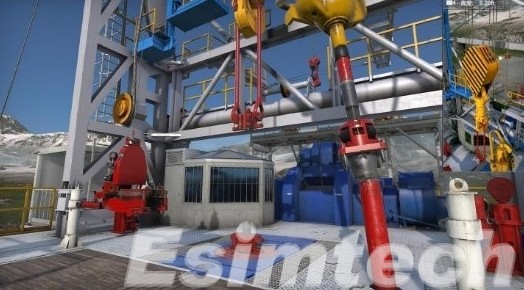
Benefits
- Better decision-making and operational efficiency
- Reduced operational risks
- Enhanced predictive maintenance capabilities
6. Enhanced Plunger Lift Systems
Description: Modern plunger lift systems incorporate advanced materials, sensors, and controls to improve efficiency and reliability.
Features
- Smart Plungers: Equipped with sensors to monitor and adjust lift performance in real-time.
- Enhanced Materials: Use of durable materials to withstand harsh downhole conditions.
- Automated Control Systems: Automate the operation of plunger lift cycles based on real-time data.
Benefits
- Increased production rates
- Reduced manual intervention and maintenance
- Enhanced adaptability to varying well conditions
7. Improved Hydraulic Piston Pumps
Description: Innovations in hydraulic piston pumps focus on improving efficiency and adaptability in diverse well conditions.
Features
- High-Efficiency Power Fluid Systems: More efficient power fluid delivery and recovery systems.
- Adaptive Controls: Systems that adjust pump parameters based on well performance and fluid characteristics.
- Enhanced Seals and Pistons: Use of advanced materials for better durability and performance.
Benefits
- Greater operational efficiency
- Improved performance in deep and deviated wells
- Enhanced durability and reduced maintenance costs
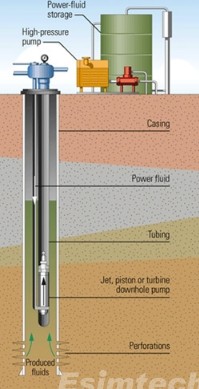
Conclusion
Artificial lift is indispensable for maximizing the productivity of oil and gas wells, especially as reservoir pressures decline over time. The choice of artificial lift method depends on various factors, including well characteristics, production goals, and economic considerations. With ongoing advancements in technology, artificial lift systems are becoming more efficient, reliable, and adaptable to a wide range of conditions.
